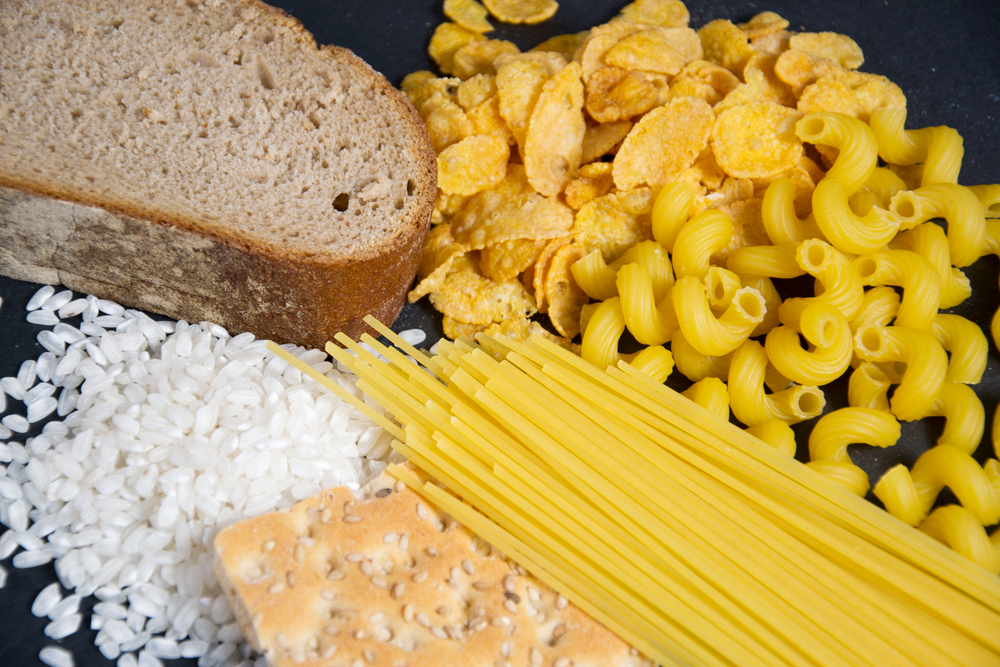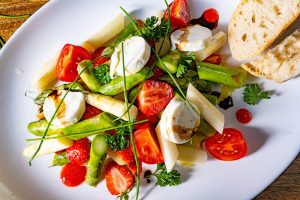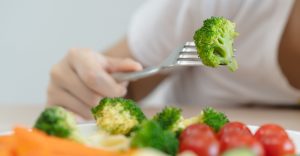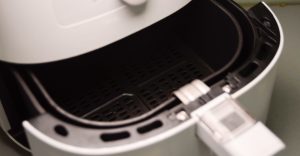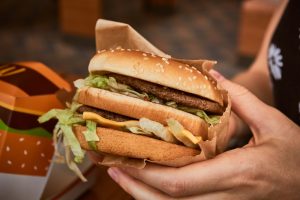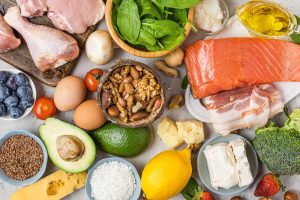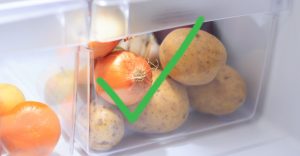Celiacs beware of these products.
Others are reading now
For many people following a gluten-free diet, it can be surprising just how many everyday foods might contain gluten.
While bread, pasta, and cakes are the obvious culprits, there’s a range of products that appear harmless at first glance but can be hidden sources of gluten.
These surprises can make navigating a gluten-free lifestyle challenging and demand extra attention to ingredient lists and labeling.
This article explores some of the less obvious foods where gluten might be lurking.
Also read
From flavored coffee to salad dressings and licorice, gluten can be found in products that are otherwise considered safe.
The goal is to help you avoid unpleasant surprises and ensure that your gluten-free diet remains both healthy and hassle-free.
Licorice
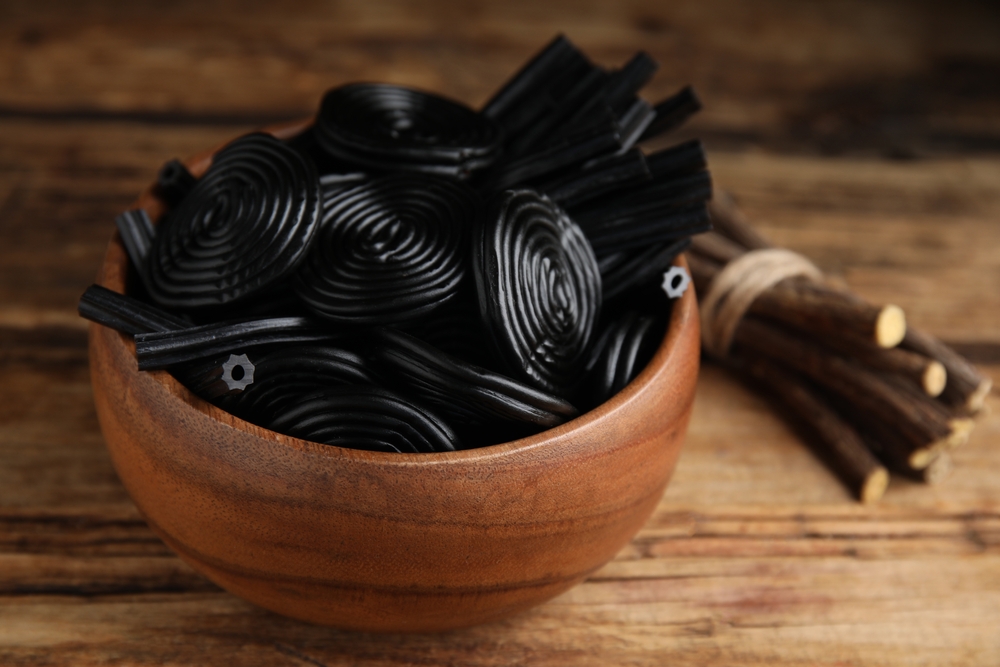
Most types of licorice contain wheat starch as a binding agent, making them unsuitable for gluten-free diets.
If you’re a fan of licorice, consider looking for gluten-free alternatives, though they can be harder to find.
Soy Sauce and Teriyaki Sauce
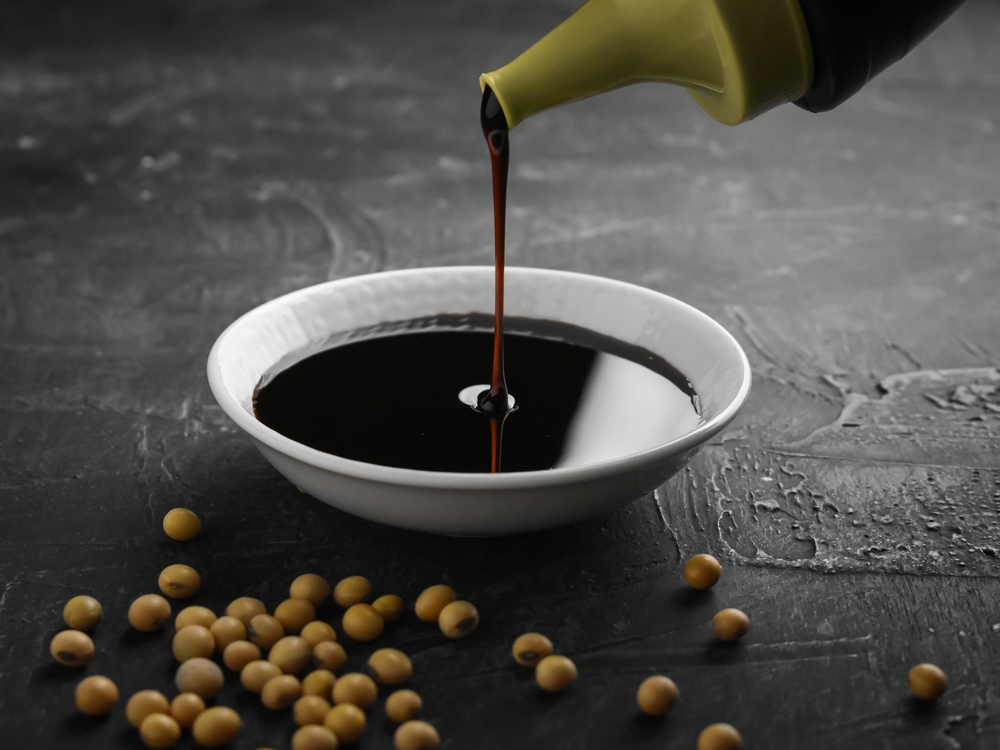
Soy sauce and teriyaki sauce are often made with fermented wheat, which makes them off-limits for gluten-free diets.
A better option is tamari, which is both gluten-free and has a similar flavor.
Be mindful, however, as soy sauce can also be a hidden ingredient in many prepackaged meals.
Chips
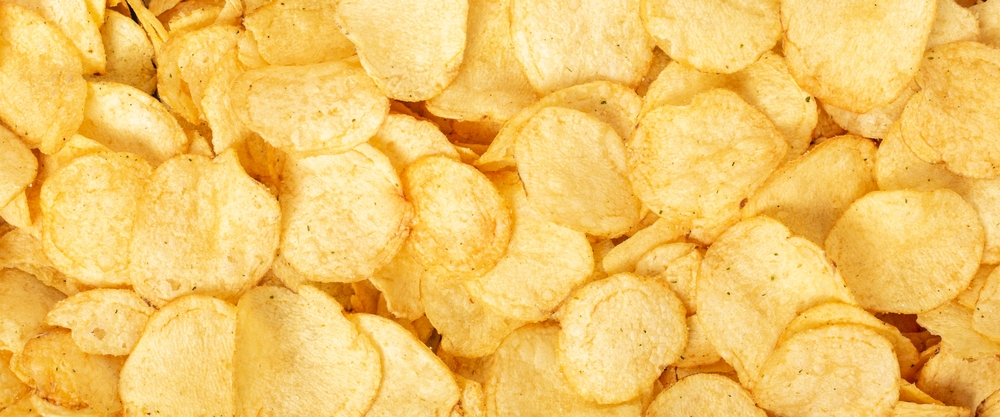
While many chips are made solely from potatoes or corn, some manufacturers add gluten-containing flavorings or starches.
To avoid issues, look for brands that are specifically labeled as gluten-free.
Salad Dressing
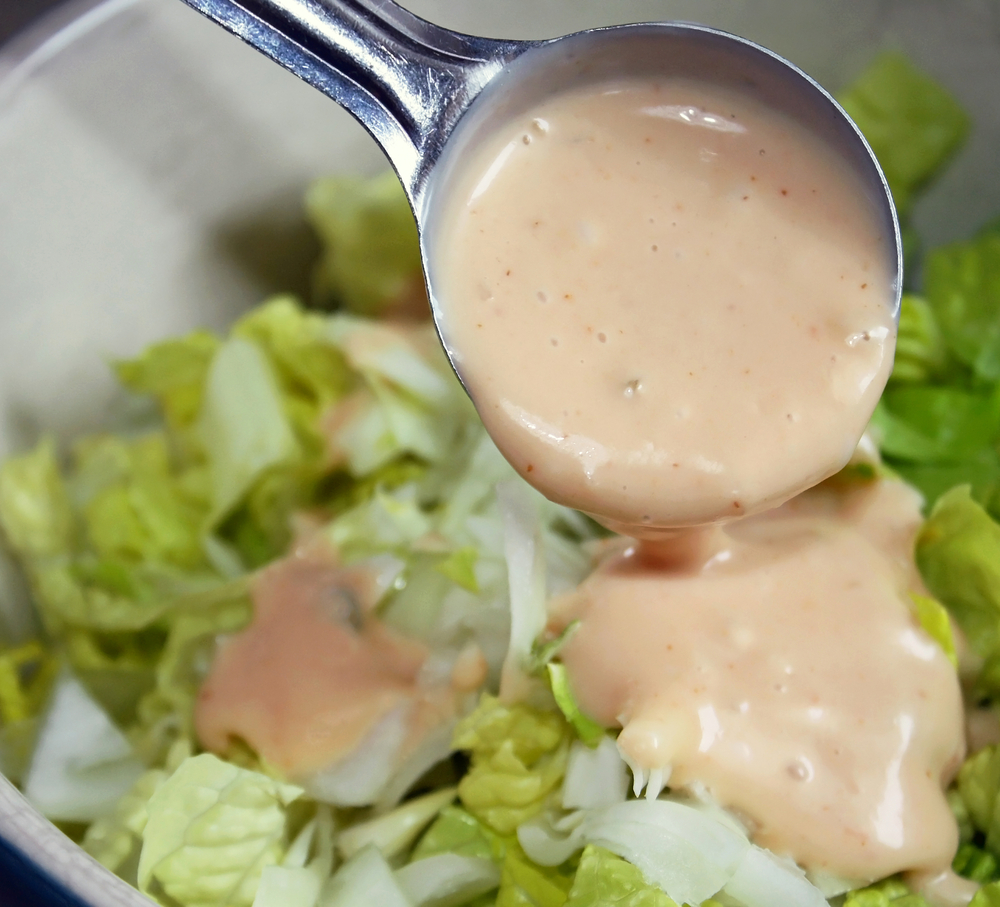
Many store-bought salad dressings include ingredients like wheat flour, soy sauce, or malt vinegar, all of which may contain gluten.
Making your own dressing at home using safe ingredients is a great alternative.
Ice Cream

Ice cream can be a hidden source of gluten due to ingredients like wheat starch or malt extract often used as thickeners.
Always check the ingredient list carefully and look for certified gluten-free options if you’re unsure.
Cornflakes and Puffed Rice Cereal
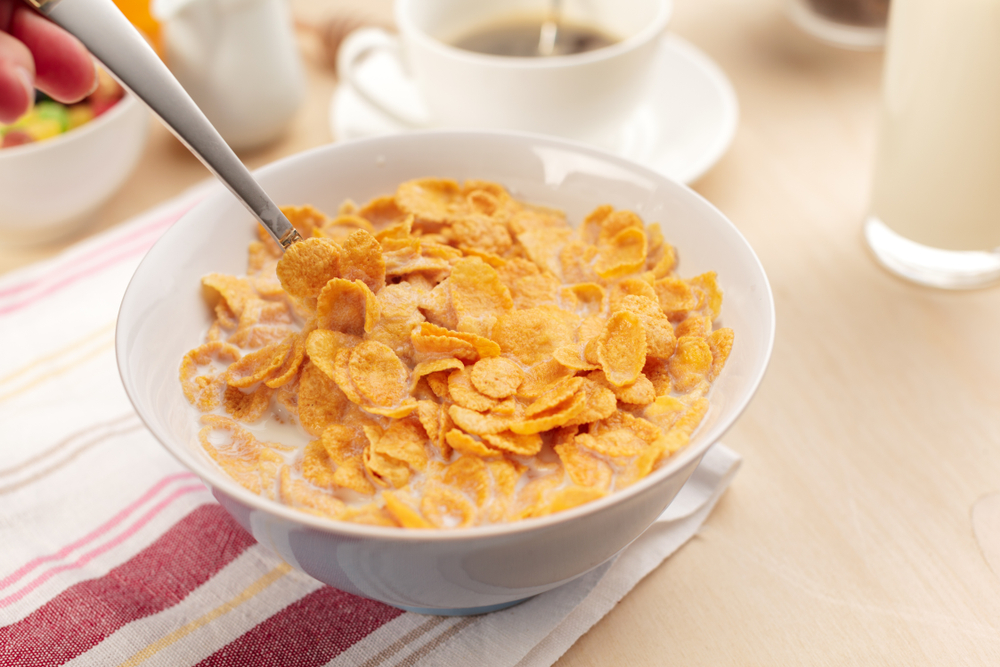
Even though cornflakes and puffed rice cereals are made from naturally gluten-free grains, they can contain barley malt extract.
To avoid accidental gluten intake, choose certified gluten-free options.
Butter
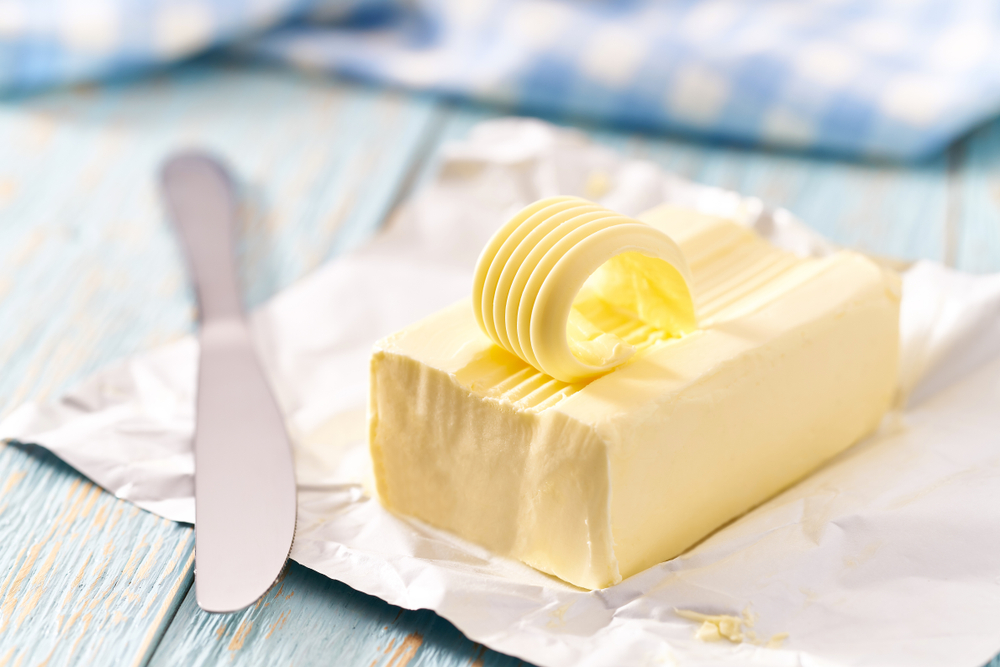
Pure butter is naturally gluten-free, but margarine and other substitutes often contain additives with gluten.
For full assurance, select products labeled gluten-free or stick to traditional butter.
Ketchup
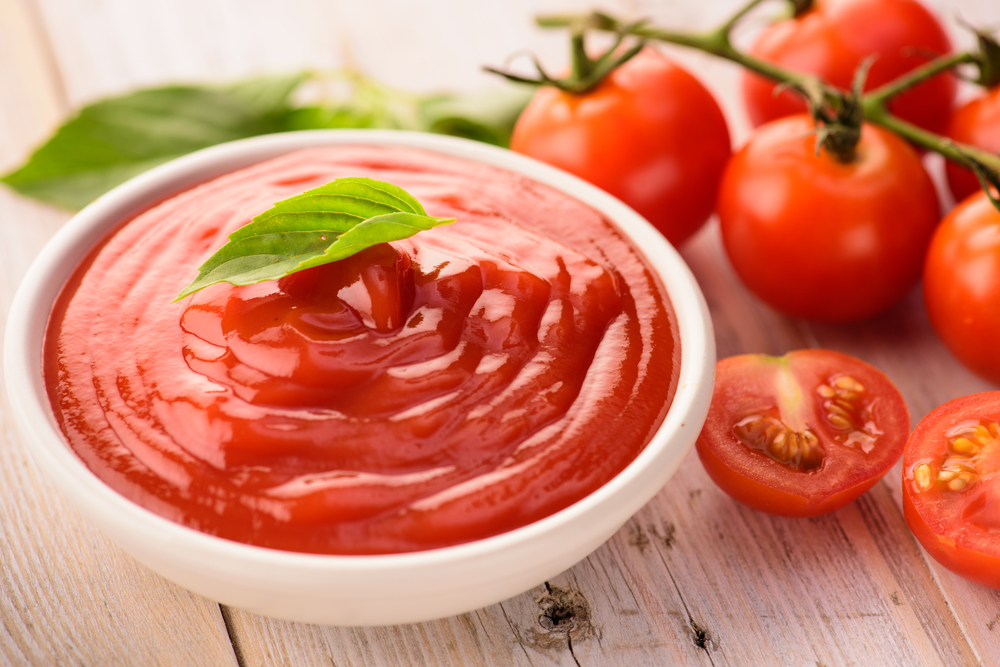
Ketchup can contain ingredients like malt vinegar or miso that aren’t always clearly identified on the label.
To avoid surprises, opt for gluten-free versions or make your own ketchup at home.
Energy Bars and Granola Bars
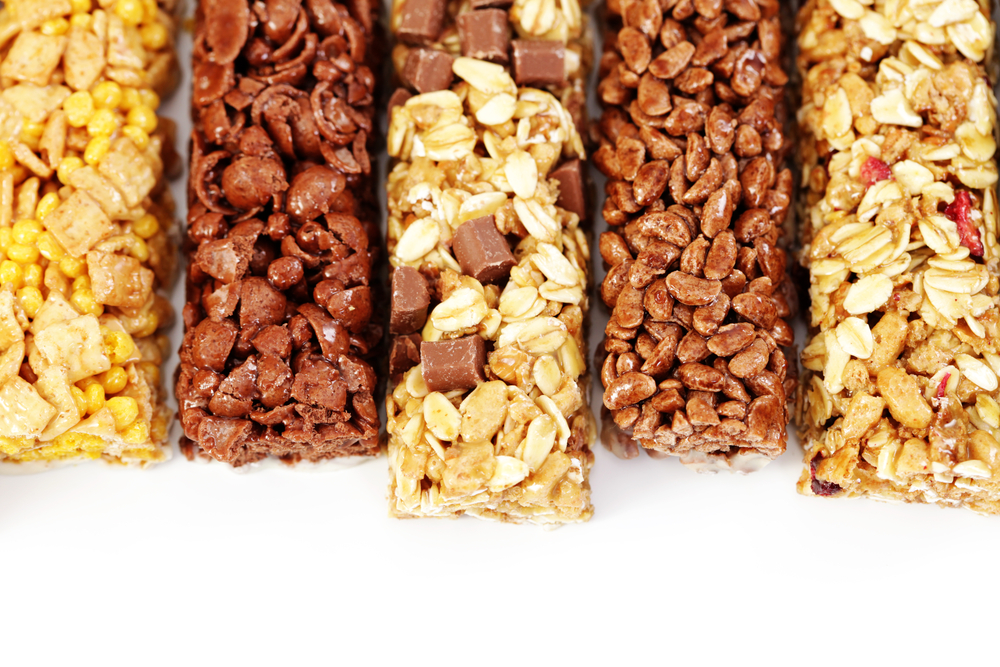
Many energy and granola bars are made with oats, which are not always certified gluten-free.
Choosing bars labeled gluten-free or making your own is a safer option.
Pickles
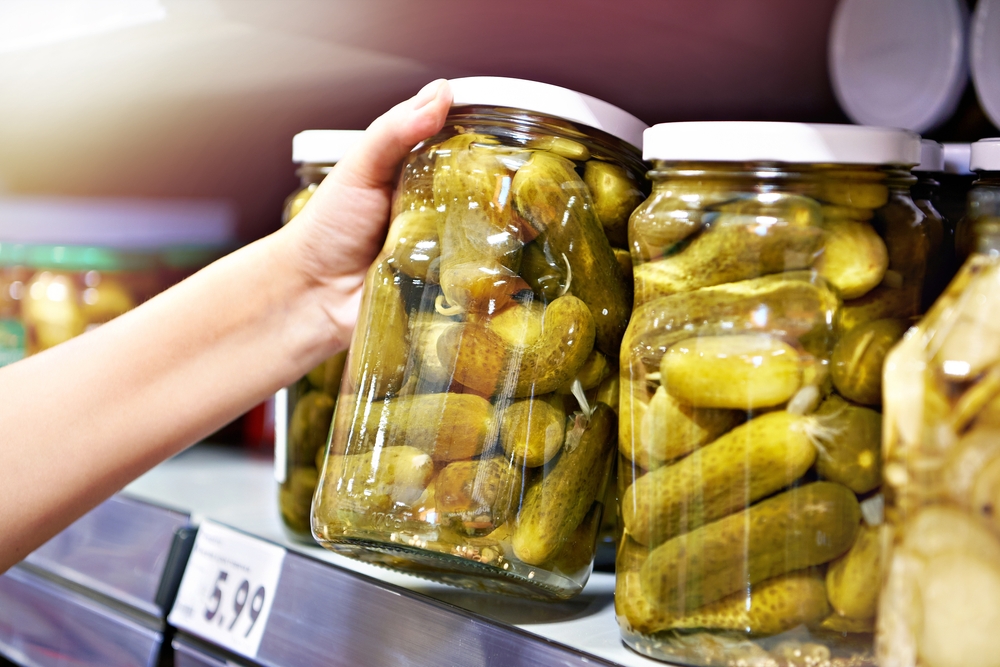
Many producers use malt vinegar derived from barley in the pickling process, making it hard to find gluten-free varieties.
If you want to be certain, try making your own pickles at home to avoid gluten-containing additives.
Vegan Meat Substitutes
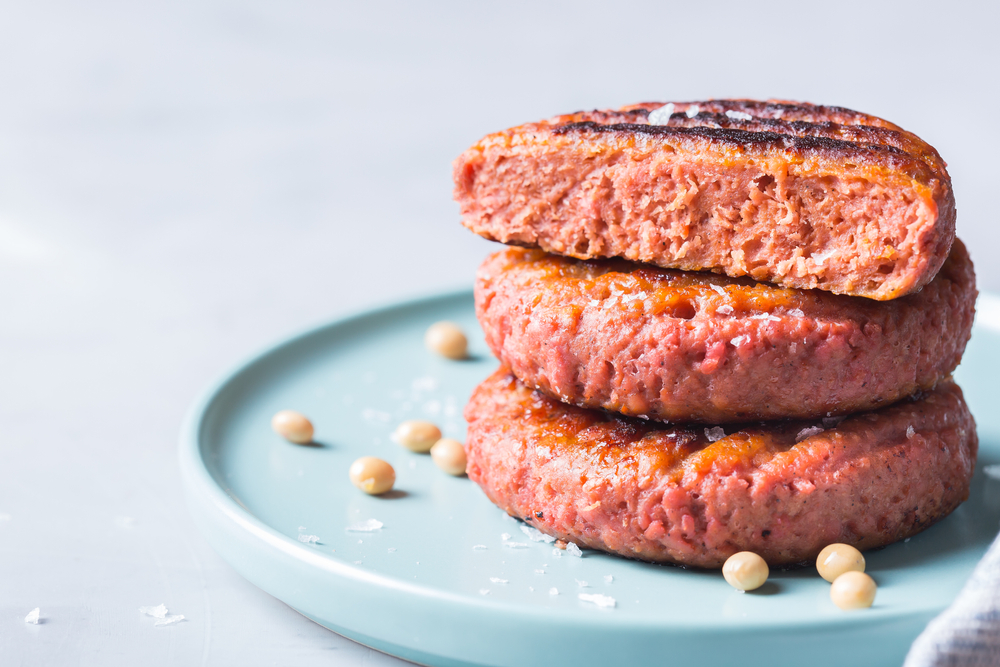
Vegan meat substitutes often use wheat protein as a binding agent and barley extract to enhance flavor.
For gluten-free alternatives, opt for products made from lentils or chickpeas.
Coffee

While black coffee is generally gluten-free, flavored coffee and instant coffee can contain gluten-based additives.
If you enjoy your coffee with syrups or flavorings, always check the ingredient list to ensure they’re gluten-free.

